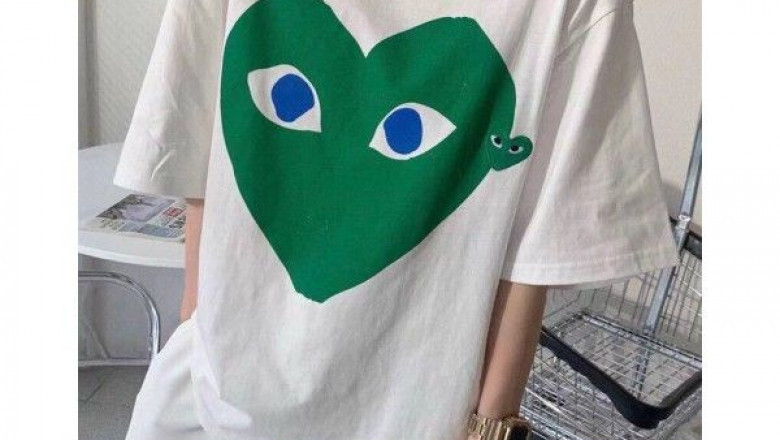views
Discover fearless fashion choices that will energize your look and make you stand out today
Few brands have challenged fashion norms quite like Comme des Garçons. Founded by visionary designer Rei Kawakubo, the Japanese label has become a symbol of anti-fashion, conceptual design, and cultural disruption. From its radical runway shows to its influential collaborations, Comme des Garçons continues to redefine what clothing can mean in the modern world.
The Origins of Comme des Garçons
Comme des Garçons was founded in 1969 in Tokyo by Rei Kawakubo, a former fine arts student. The brand name, French for “like boys,” hinted at its gender-challenging approach from the beginning. By 1981, the label shocked the Paris fashion scene with an all-black collection featuring torn fabrics and deconstructed shapes. Critics dubbed it “Hiroshima chic,” but the message was clear: fashion could be more than just beauty—it could be thought-provoking art.
Signature Style and Philosophy
At the heart of Comme des Garçons is a refusal to conform. Kawakubo's designs often reject traditional silhouettes in favor of abstraction and asymmetry. Oversized fits, androgynous forms, and distressed textures define many of the brand’s collections. This deconstructivist approach, often misunderstood, is a deliberate statement: to question society’s standards of beauty, gender, and elegance.
Rather than following trends, Kawakubo leads with her own philosophy—fashion not as commercial product, but as creative expression.
Major Collections and Collaborations
Comme des Garçons has delivered some of fashion’s most iconic and daring collections. From the "Lumps and Bumps" show in 1997 to the minimalist provocations of the 2010s, Kawakubo continually redefines expectations.
The brand is also renowned for its collaborations, making avant-garde design accessible without losing artistic integrity. Collaborations with Nike, Supreme, Converse, and H&M have introduced CDG to mainstream audiences. One of the most recognizable sub-labels is Comme des Garçons PLAY, known for its red heart-with-eyes logo, designed by Filip Pagowski. PLAY has become a favorite for its casual, wearable style.
Influence and Impact on Fashion
Comme des Garçons is not just a brand—it’s a movement. Kawakubo’s work has inspired generations of designers, including Yohji Yamamoto, Martin Margiela, and Rick Owens. The brand’s fearless experimentation paved the way for conceptual fashion and gender-fluid design long before these became industry buzzwords.
Through both fashion and the multi-brand retail concept Dover Street Market, Kawakubo has built a platform for alternative voices in fashion. Her influence goes beyond clothing, shaping how the industry talks about creativity, identity, and rebellion.
Where to Buy Comme des Garçons
commedesgarconsstore.us
When shopping, especially for the popular PLAY line, it’s important to watch for fakes. Always verify authenticity by checking tags, construction, and trusted sources.
Conclusion
Comme des Garçons is more than a fashion house—it’s a bold statement on what fashion can be. Rei Kawakubo's legacy lies in her unyielding vision and her refusal to play by the rules. From radical runway shows to streetwear icons, the brand’s evolution continues to captivate, challenge, and inspire.














Comments
0 comment